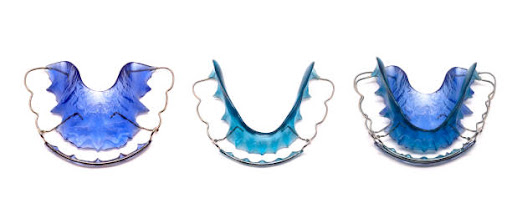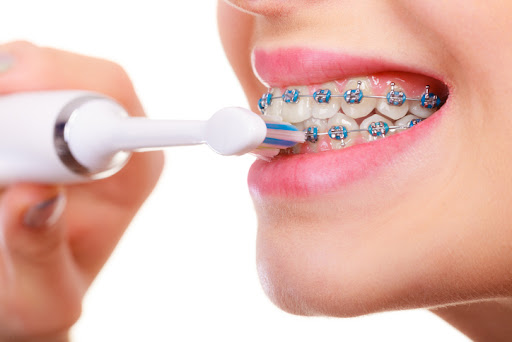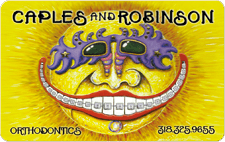
When you first meet someone, one of the first things they notice about you is your teeth. Because our teeth are vital to our health and well-being, it is critical that we care for them and keep them in the best possible condition.
Feel Good About Yourself.
Many people are self-conscious about their smiles and often avoid showing their teeth in photographs. However, seeing an orthodontist can help you gain confidence in your smile and boost your self-esteem significantly. Orthodontists will customize your treatment to your specific needs and desires, ensuring that your smile is contagious by the end of your treatment! A healthy smile and teeth are critical to both our physical and mental health, as well as how confident we feel. It is estimated that the average person will wear braces for about two years, which is a small price to pay for a lifetime of good oral health.
Orthodontists can assist patients of all ages.
Many people believe that orthodontists are only for children who need braces to straighten their teeth. However, orthodontists are available to people of all ages. Orthodontists can treat a wide range of problems that affect people of all ages, including TMJ treatment, teeth straightening, and other issues. Older patients can even choose an Spark Aligners™, which is virtually invisible and can be removed during meals. Whatever treatment you require, your orthodontist will be able to provide it through an orthodontic exam in which your treatment will be tailored to your specific needs.
Spark Aligners™
Many people refuse to have their orthodontic issues treated because they are afraid they will need braces. Many people are self-conscious about their braces, which can be difficult for them. Fortunately, technology has advanced, and you can now get clear braces called Spark Aligners™. These are removable, invisible braces that straighten teeth without the inconveniences associated with metal braces.
Improved Jaw Alignment
When it comes to our dental health, it is critical to have proper jaw alignment to avoid future issues, such as TMJ treatments. To reduce these risks, it is critical to get braces or Spark Aligners™ as soon as possible. An unaligned jaw can be painful and difficult to manage, especially when eating. Traditional braces or Spark Aligners™ can mitigate these risks by allowing you to maintain normal jaw alignment and reduce the risk of future issues.
Oral hygiene is significantly improved.
Our oral hygiene has an impact on how we feel about ourselves and can make us feel self-conscious. We make certain that our teeth are clean and that our breath is minty fresh. Food that becomes stuck between misaligned teeth is reduced when teeth are properly aligned. These stuck food particles can cause cavities and plaque, among other problems. Misaligned teeth can lead to periodontal disease, which is an infection of the gums caused by an abundance of plaque.
Whatever problem you are having with your oral health, our Monroe orthodontist can help you improve it and avoid potentially harmful issues or diseases in the future. Seeing an orthodontist will benefit both your oral and mental health because you will be proud of your smile! Our orthodontic office is here to help. Contact Caples & Robinson Orthodontics of Monroe today.














